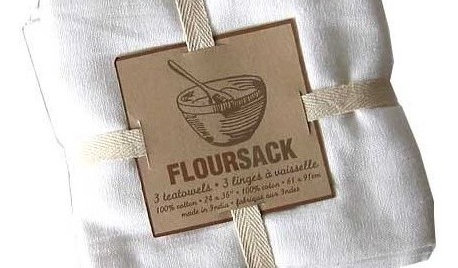Has anyone tried Diatomaceous Earth?
Laurie_z3_MB
17 years ago
Related Stories

CLOSETSThe Cure for Houzz Envy: Closet Touches Anyone Can Do
These easy and inexpensive moves for more space and better organization are right in fashion
Full Story
KITCHEN DESIGNThe Cure for Houzz Envy: Kitchen Touches Anyone Can Do
Take your kitchen up a notch even if it will never reach top-of-the-line, with these cheap and easy decorating ideas
Full Story
LIFEHouzz Call: What Has Mom Taught You About Making a Home?
Whether your mother taught you to cook and clean or how to order takeout and let messes be, we'd like to hear about it
Full Story
COLORS OF THE YEARPantone Has Spoken: Rosy and Serene Are In for 2016
For the first time, the company chooses two hues as co-colors of the year
Full Story
REMODELING GUIDESOne Guy Found a $175,000 Comic in His Wall. What Has Your Home Hidden?
Have you found a treasure, large or small, when remodeling your house? We want to see it!
Full Story
GREEN DECORATINGBamboo Products — Earth Friend or Foe?
The ecofriendliness of this grass for flooring, wall coverings and furniture isn't cut and dried. Get the facts here
Full Story
ARCHITECTURE6 Amazing Homes Dug Into the Earth
Designed to disappear or with portions peeking out, these houses bring a new meaning to 'communing with nature'
Full Story
PRODUCT PICKSGuest Picks: Earth-Friendlier Finds for the Home
Reduce paper and plastic use the simple, stylish way with ecoconscious kitchen, laundry and bathroom items
Full Story
LANDSCAPE DESIGNEasy Ways to Manage Stormwater for Lower Bills and a Healthier Earth
Send cleaner runoff into local waterways and spend less on yard irrigation with these simple landscaping approaches
Full Story
DECORATING GUIDES5 Decor Trends to Try — and 5 to Rethink
Some style trends are worth jumping onboard. Others you may want to let fade from your memory
Full StoryMore Discussions






laurie_edm
flowers_grower
Related Professionals
Manhattan Beach Landscape Architects & Landscape Designers · Paradise Landscape Architects & Landscape Designers · Arlington Landscape Contractors · Bedford Heights Landscape Contractors · Canyon Lake Landscape Contractors · Choctaw Landscape Contractors · Hilton Head Island Landscape Contractors · Kahului Landscape Contractors · New Baltimore Landscape Contractors · Seminole Landscape Contractors · Vashon Landscape Contractors · Eastvale Window Contractors · Seattle Window Contractors · Vashon Window Contractors · Lindenhurst Window ContractorsLaurie_z3_MBOriginal Author
cailinriley
xtreme_gardener
Laurie_z3_MBOriginal Author
cailinriley
xtreme_gardener
Laurie_z3_MBOriginal Author
xtreme_gardener
Laurie_z3_MBOriginal Author
xtreme_gardener
xtreme_gardener
Laurie_z3_MBOriginal Author
xtreme_gardener
zen-777_hotmail_com
hilary007
xices